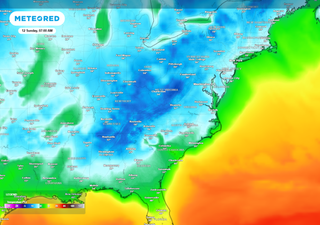Weather Derivatives and Risk Management Strategies
Weather derivatives represent a sophisticated financial instrument that allows businesses to hedge against weather-related risks. These contracts are based on weather indices such as temperature, precipitation, or wind speed, providing protection against adverse weather conditions that could impact revenue or increase costs.
Energy companies frequently use temperature-based derivatives to manage seasonal demand fluctuations. Retail businesses employ precipitation derivatives to offset losses from weather-related sales declines. Agricultural enterprises utilize growing degree day derivatives to protect against crop yield variations caused by temperature anomalies.
The Chicago Mercantile Exchange (CME) offers standardized weather derivative contracts for major U.S. cities, providing liquidity and price discovery for weather risk management. These instruments have evolved from simple heating and cooling degree day contracts to complex structures covering multiple weather variables and geographic regions.



